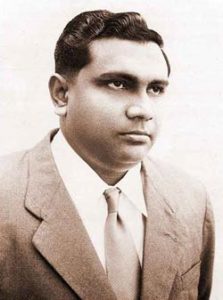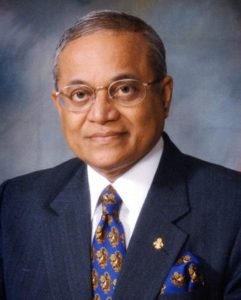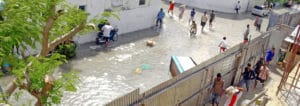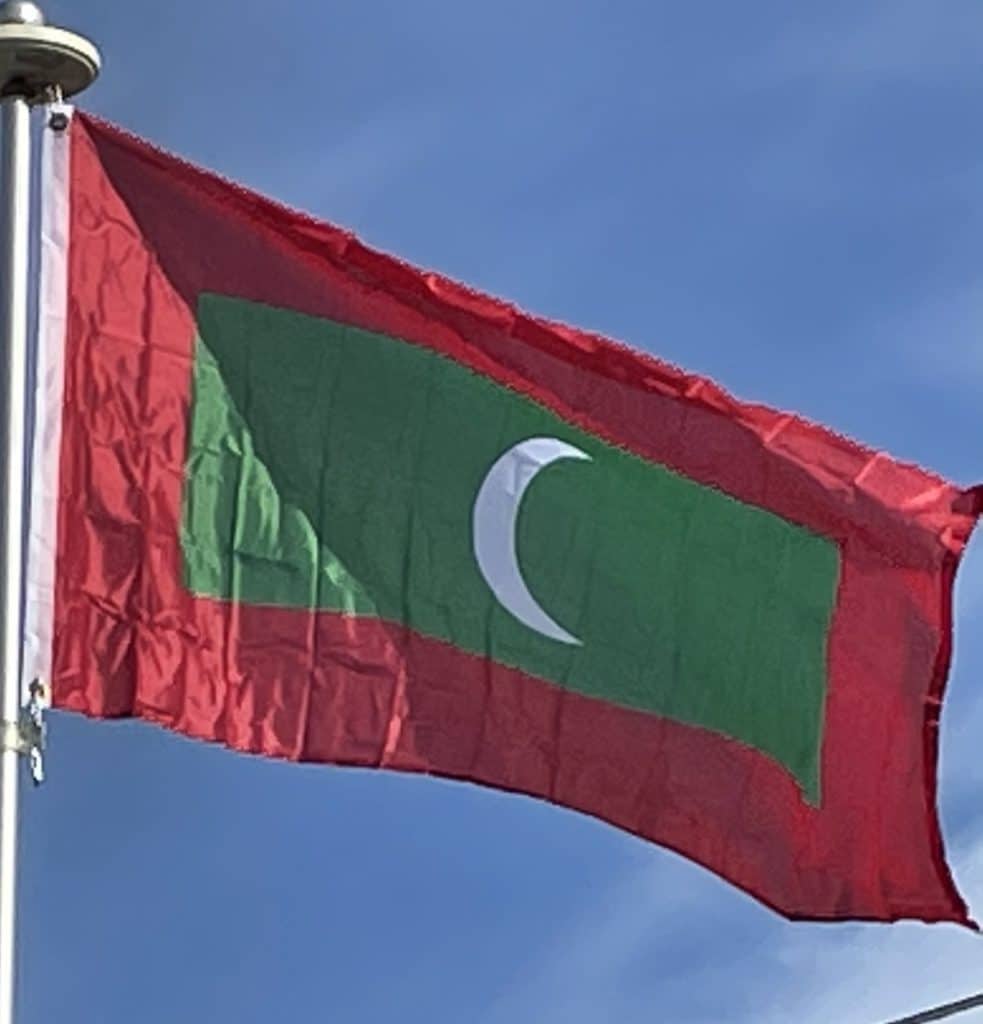
Tourism began to be developed on the archipelago by the beginning of the 1970s. The first resort in the Maldives was Kurumba Maldives which welcomed the first guests on 3 October 1972. The first accurate census was held in December 1977 and showed 142,832 people living in the Maldives.
Political infighting during the 1970s between Nasir’s faction and other political figures led to the 1975 arrest and exile of elected prime minister Ahmed Zaki to a remote atoll. Economic decline followed the closure of the British airfield at Gan and the collapse of the market for dried fish, an important export. With support for his administration faltering, Nasir fled to Singapore in 1978, with millions of dollars from the treasury.
Maumoon Abdul Gayoom began his 30-year role as president in 1978, winning six consecutive elections without opposition. His election was seen as ushering in a period of political stability and economic development in view of Maumoon’s priority to develop the poorer islands. Tourism flourished and increased foreign contact spurred development. However, Maumoon’s rule was controversial, with some critics saying Maumoon was an autocrat who quelled dissent by limiting freedoms and political favoritism.

A series of coup attempts (in 1980, 1983, and 1988) by Nasir supporters and business interests tried to topple the government without success. While the first two attempts met with little success, the 1988 coup attempt involved a roughly 80 strong mercenary force of the PLOTE who seized the airport and caused Maumoon to flee from house to house until the intervention of 1,600 Indian troops airlifted into Malé restored order.
Twenty-First Century:
On 26 December 2004, following the 2004 Indian Ocean earthquake, the Maldives were devastated by a tsunami. Only nine islands were reported to have escaped any flooding, while fifty-seven islands faced serious damage to critical infrastructure, fourteen islands had to be totally evacuated, and six islands were destroyed. A further twenty-one resort islands were forced to close because of tsunami damage. The total damage was estimated at more than US$400 million, or some 62% of the GDP. 102 Maldivians and 6 foreigners reportedly died in the tsunami. The destructive impact of the waves on the low-lying islands was mitigated by the fact there was no continental shelf or land mass upon which the waves could gain height. The tallest waves were reported to be 14 feet (4.3 m) high.

In 2008 a new constitution was approved and the first direct presidential elections occurred. Taxation on goods was imposed for the first time in the country, and import duties were reduced in many goods and services. Social welfare benefits were given to those aged 65 years or older, single parents, and those with special needs.
Geography:
The Maldives consists of 1,192 coral islands grouped in a double chain of 26 atolls, that stretch along a length of 871 kilometers (541 miles) north to south, 130 kilometers (81 miles) east to west, spread over roughly 90,000 square kilometers (35,000 sq mi), of which only 298 km2 (115 sq mi) is dry land, making this one of the world’s most dispersed countries. The atolls are composed of live coral reefs and sand bars, situated atop a submarine ridge 960 kilometers (600 mi) long that rises abruptly from the depths of the Indian Ocean and runs north to south.
